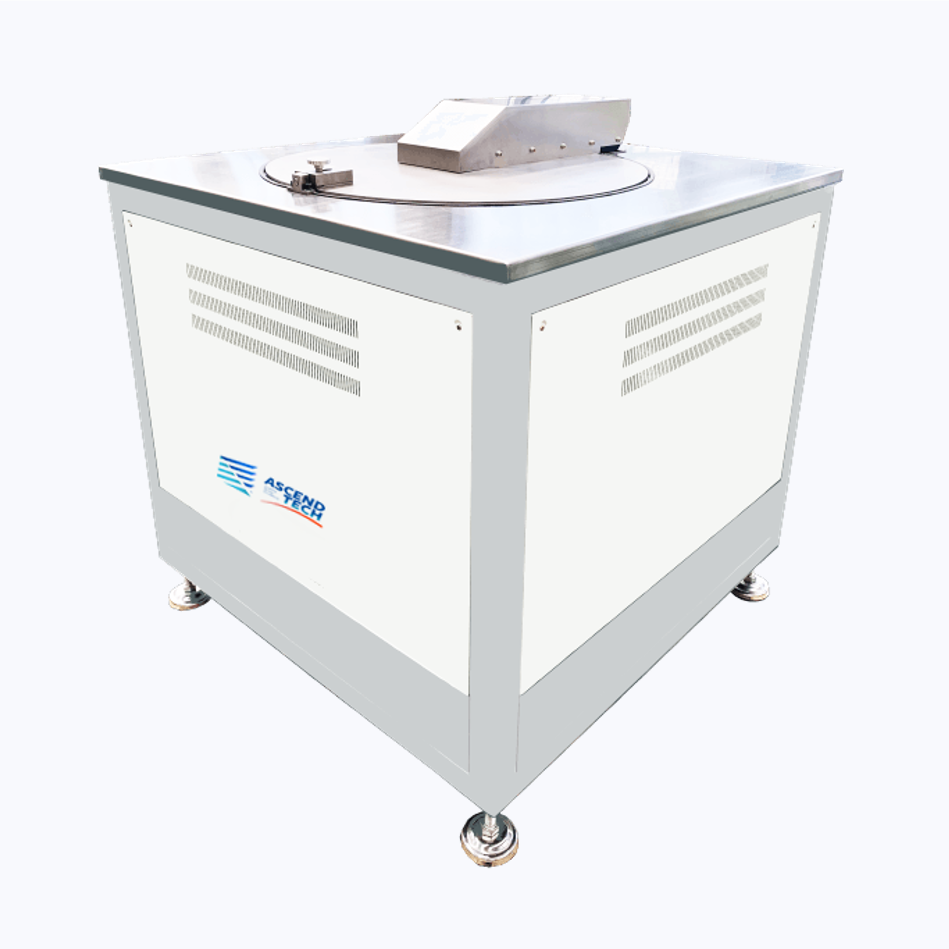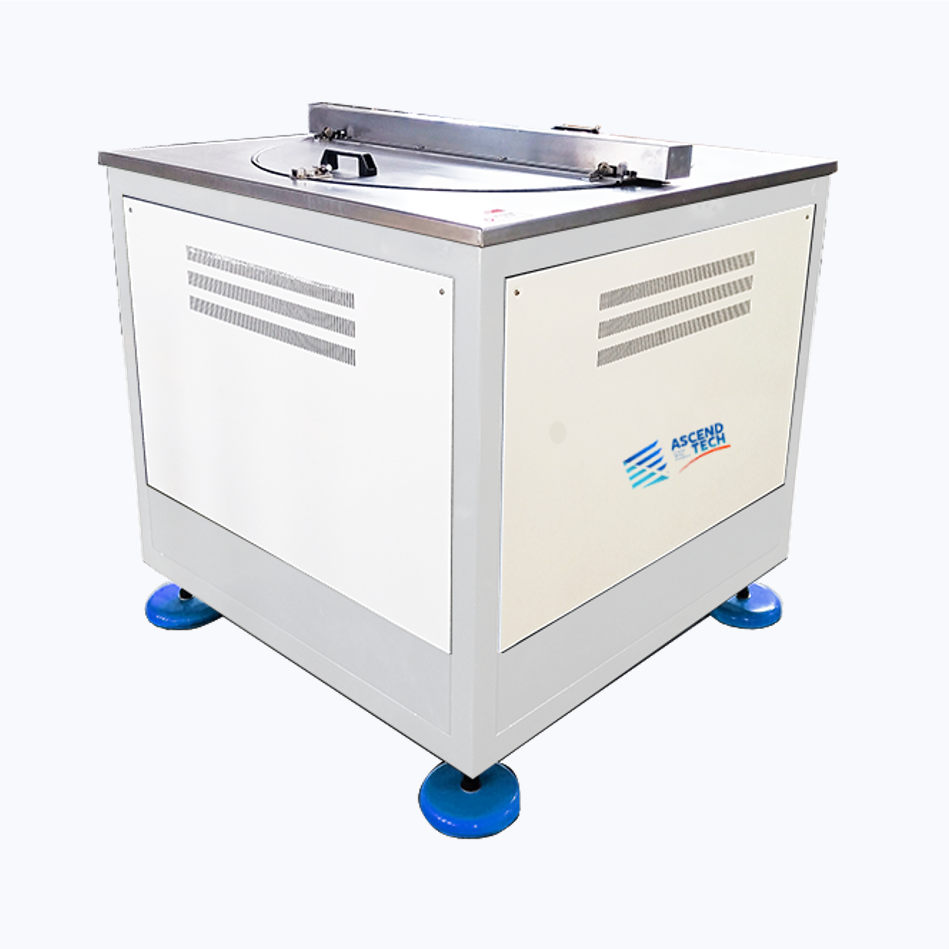Constant Acceleration Test
Constant acceleration tests, often referred to as uniform acceleration tests, are fundamental experiments in the realm of physics and engineering. These tests serve as crucial tools for understanding the principles of motion, uncovering the laws of motion, and verifying the predictions of classical mechanics. By subjecting objects to a steady and consistent change in velocity, constant acceleration tests provide valuable insights into the intricate relationship between force, mass, and acceleration. In this comprehensive article, we delve into the world of constant acceleration tests, exploring their history, underlying physics, applications, and modern methods of conducting these experiments.
Historical Context
The concept of constant acceleration dates back to the early days of scientific inquiry. Aristotle's musings on motion and Galileo Galilei's pioneering experiments in the 16th century laid the foundation for our modern understanding of uniformly accelerated motion. However, it was Sir Isaac Newton, in the late 17th century, who formulated the laws of motion that govern constant acceleration.
Newton's second law, often expressed as F = ma (force equals mass times acceleration), is a cornerstone of classical mechanics. This law postulates that the acceleration of an object is directly proportional to the net force acting on it and inversely proportional to its mass. Constant acceleration tests aim to validate this law and explore its implications.
Theoretical Foundations
To comprehend the principles underlying constant acceleration tests, one must first understand the key components involved:
1. Force
Force is a vector quantity that represents the push or pull applied to an object. In constant acceleration tests, force is the driving factor that imparts acceleration to an object. Newton's second law links force to acceleration and mass, expressing the relationship as F = ma.
2. Mass
Mass is a scalar quantity that quantifies the amount of matter in an object. In constant acceleration tests, mass plays a crucial role, as it determines an object's resistance to changes in motion. Objects with larger masses require more force to accelerate at the same rate as lighter objects.
3. Acceleration
Acceleration is a vector quantity that measures the rate of change of an object's velocity with respect to time. In constant acceleration tests, the object experiences uniform changes in velocity over time, resulting in a steady acceleration. This is often represented as "a."
The fundamental equation governing constant acceleration tests is derived from Newton's second law:
F=ma
Where:
F represents the net force applied to the object.
m is the mass of the object.
a is the constant acceleration experienced by the object.
Conducting Constant Acceleration Tests
Constant acceleration tests can be performed in various experimental setups, depending on the specific goals and available resources. Here, we outline a typical procedure for conducting such tests:
1. Selection of Appropriate Equipment
Choose equipment suitable for the desired experiment. Common choices include inclined planes, pulley systems, and air tracks. The selection depends on factors like the object's mass, available space, and desired precision.
2. Set Up the Experiment
Create a controlled environment where the object can move freely under the influence of gravity or another force. Ensure that the setup allows for accurate measurement of key parameters, such as time, distance, and initial velocity.
3. Define the Object's Initial Conditions
Specify the initial conditions of the object's motion, including its initial position, velocity, and acceleration. These parameters are crucial for calculating and predicting the object's behavior throughout the experiment.
4. Apply a Constant Force
Exert a constant force on the object, either directly or indirectly, to induce uniform acceleration. This force can be gravity (by inclining the plane) or tension (by using a pulley system), depending on the chosen setup.
5. Record Data
Collect data on the object's motion, including the time taken for various positions, distances covered, and any changes in velocity. Precise measurements are essential for accurate analysis.
6. Analyze Results
Utilize the collected data to analyze the object's motion and calculate its acceleration. Plotting graphs of distance versus time and velocity versus time can provide valuable insights into the experiment.
Applications of Constant Acceleration Tests
Constant acceleration tests find applications in various fields, demonstrating their versatility and importance:
1. Physics Education
These tests are valuable tools for teaching and reinforcing the principles of classical mechanics in physics classrooms. They provide hands-on experience with fundamental concepts like force, mass, acceleration, and motion.
2. Engineering
Engineers employ constant acceleration tests to assess the performance and durability of various mechanical systems, including vehicles, machinery, and aerospace components. These tests help ensure the safety and reliability of these systems.
3. Space Exploration
In the realm of space exploration, constant acceleration tests are critical for simulating the effects of gravity on astronauts and spacecraft. They contribute to the development of spacecraft designs and the planning of missions to other celestial bodies.
Modern Methods and Advancements
As technology advances, so do the methods used for constant acceleration tests. Researchers now employ sophisticated equipment, such as computer-controlled motion sensors, high-speed cameras, and data analysis software, to enhance the precision and reliability of their experiments. These tools enable the study of complex phenomena and allow for more accurate measurements of acceleration.
In conclusion, constant acceleration tests constitute not only a time-honored cornerstone of scientific exploration but also an enduring symbol of the symbiosis between theory and experiment. In the crucible of these experiments, the theories of Sir Isaac Newton come to life, and the laws of motion reveal their essence. As technology continues its inexorable march forward, constant acceleration tests will remain a lodestar guiding us through uncharted territories, from elucidating the mysteries of motion to engineering solutions that propel us toward a future characterized by precision, reliability, and innovation. Through the meticulous orchestration of these tests, researchers and educators alike will continue to unravel the profound intricacies of the physical world and propel humanity toward a deeper and more comprehensive understanding of the physical world.
Constant acceleration tests, in all their complexity and elegance, are a testament to the enduring curiosity and ingenuity of human beings. They stand as a reminder that our journey of scientific exploration is far from over, and there are always new horizons to explore, new questions to answer, and new challenges to overcome.
As we look to the future, constant acceleration tests will undoubtedly play a pivotal role in addressing emerging challenges and pushing the boundaries of our knowledge. Whether it's in the realm of fundamental physics, engineering innovation, or space exploration, these tests will continue to serve as indispensable tools for unraveling the mysteries of motion and advancing our understanding of the physical universe.
Constant acceleration tests are not just experiments; they are windows into the intricate dance of forces and motion that govern our world. They are a testament to the power of scientific inquiry and the human drive to uncover the secrets of the universe. As we continue to push the boundaries of what is possible in the realm of constant acceleration tests, we can only imagine the discoveries and innovations that lie ahead, waiting to reshape our understanding of the world around us.
FAQs
1. What is constant acceleration, and why is it important in physics?
Answer: Constant acceleration refers to a situation where an object experiences a uniform, unchanging rate of change in velocity over time. It is crucial in physics because it allows us to study the relationships between force, mass, and acceleration, as described by Newton's second law. Constant acceleration tests help validate these fundamental principles of motion and have wide-ranging applications in physics and engineering.
2. How are constant acceleration tests conducted?
Answer: Constant acceleration tests can be conducted in various experimental setups. Typically, an object is subjected to a steady and consistent force, often achieved through inclined planes, pulley systems, or other mechanisms. Researchers collect data on the object's motion, including time, distance, and velocity, to analyze its behavior and calculate the acceleration.
3. What are some real-world applications of constant acceleration tests?
Answer: Constant acceleration tests find applications in numerous fields. In physics education, they serve as essential tools for teaching and reinforcing the principles of classical mechanics. Engineers use these tests to assess the performance and reliability of mechanical systems, from vehicles to industrial machinery. In space exploration, constant acceleration tests simulate the effects of gravity on spacecraft and astronauts, aiding in mission planning and spacecraft design.
4. How has technology advanced the field of constant acceleration testing?
Answer: Modern technology has greatly enhanced constant acceleration testing. Researchers now use computer-controlled motion sensors, high-speed cameras, and advanced data analysis software to improve precision and reliability. These tools allow for the study of complex phenomena and more accurate measurements of acceleration, pushing the boundaries of what can be achieved in these experiments.
5. What are the key equations and principles governing constant acceleration tests?
Answer: The fundamental equation for constant acceleration tests is Newton's second law, expressed as F = ma, where F is the net force applied to an object, m is its mass, and a is the constant acceleration experienced by the object. Additionally, equations of motion, such as those for distance, velocity, and time, play a crucial role in analyzing constant acceleration experiments. These equations provide a mathematical framework for understanding and predicting the behavior of objects under constant acceleration.




